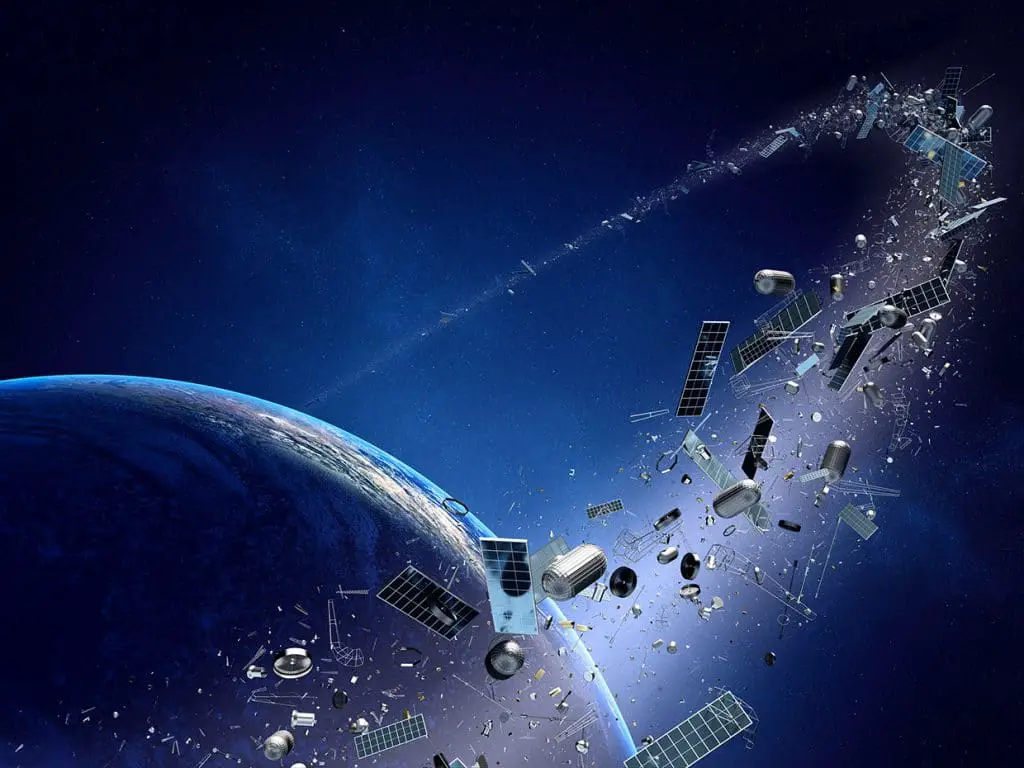Imagine a clear night sky, full of stars. Now imagine that, in addition to those stars, there are thousands of pieces of metal, remnants of old satellites and space debris that threaten our future in space. This is the disturbing picture that emerges from Relationship annual 2024 of the European Space Agency (ESA). But why should we care about space debris? And what is being done to address this problem?
The Space Debris Challenge
In recent years, measures to reduce space debris have shown a slow improvement, but they are still not enough. The number of satellites that, at the end of their lives, leave congested orbits is still too low. This forces active satellites to perform an ever-increasing number of maneuvers to avoid collisions. The ESA report highlights the need for a I commit greater commitment from all actors involved and underlines the importance of avoiding repeating the same mistakes with the lunar orbit, now at the centre of future space missions.
An increasingly crowded sky
2023 saw a record number of satellites launched around the Earth: over 2,800, up from 2,400 the previous year. Most of these belong to large commercial communications constellations, such as SpaceX’s Starlink. Currently, two-thirds of all active satellites, more than 6,000, are between 500 and 600 kilometers above the Earth. This orbital band is becoming increasingly crowded, as many new satellites are launched into the same orbit.
The invisible threat
The amount of space debris is growing rapidly. Among the objects tracked by surveillance networks, there are about 26,000 debris items larger than 10 centimeters. However, the total number of debris items larger than 1 centimeter, a size sufficient to cause serious damage, exceeds the millionThese fragments represent a threat significant not only for the satellites active, but also for future space missions.

Progress and efforts
Despite the worrying situation, there has been some progress. Current efforts have led to a significant increase in returns in the atmosphere both for payloads and rockets used for launches. In 2023, more than 600 payloads and nearly 200 rockets are returned into the atmosphere, many in a controlled manner, compared to numbers lower than the year previous.
It is clear that we are making progress, but not fast enough. Every satellite launched into space represents a step forward in technology and communication, but also a potential new debris. It is essential that space agencies and private companies collaborate to find more effective solutions. We cannot afford to let our sky become an orbital garbage dump.
The space debris issue is a global challenge that requires immediate and concerted action. It is time to increase efforts to reduce the debris and protect our future in space. join us in supporting more rigorous policies and technologies innovative to maintain our sky clean and safe for future generations. Let’s keep the night sky a source of inspiration, not an orbital minefield.
This article has used data of the Relationship 2024 Annual Report of the European Space Agency to highlight the urgency of addressing the issue of space debris and engage the reader in this important cause.
#Space #Debris #Threat #Satellites #Earth

